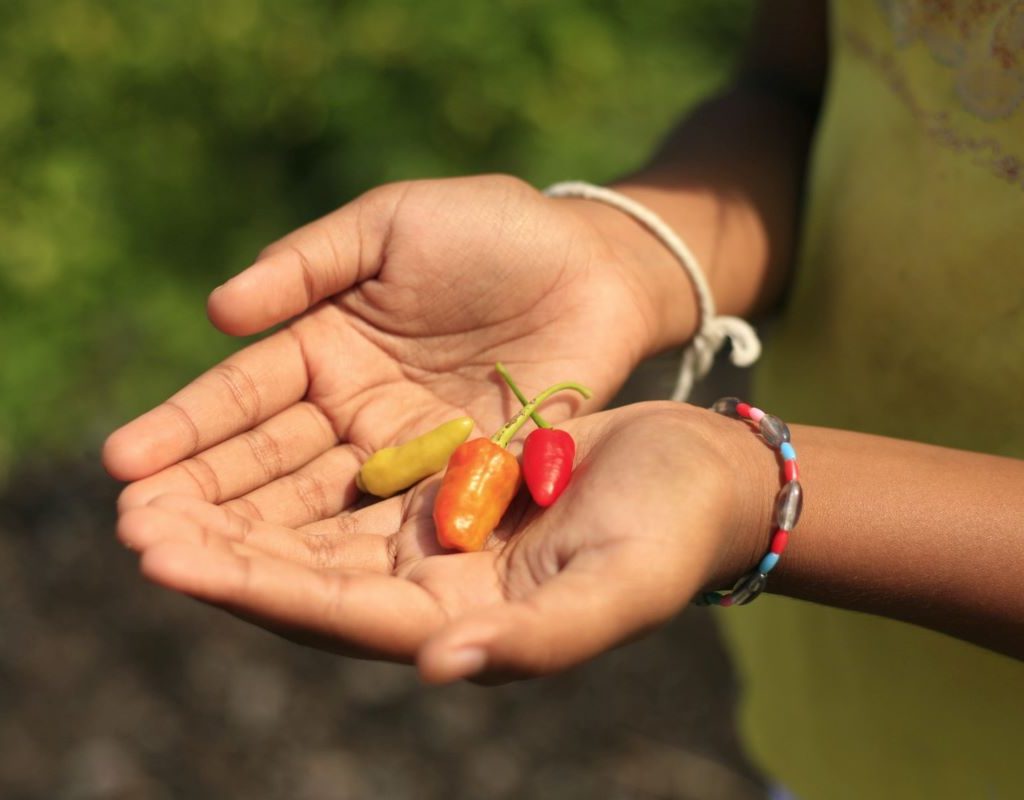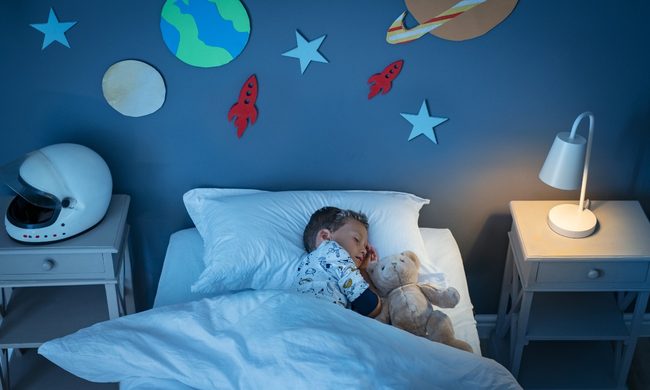One day, your cute, little toddler is sitting in the highchair and smiling widely, gladly accepting each ounce of pureed carrots and a word of encouragement from you. But the next thing you know, the baby has grown into a picky eater who pouts at the sight of squash. So, what can you do now to get your kid to eat vegetables?
Well, you can try rewarding your child for at least trying veggies. Or you can try the old-fashioned warning of “you’re not getting down from this table unless you eat your vegetables.” Nonetheless, science and innovation may have provided a viable solution to this age-old problem. It’s called the Helping Plate, and here’s how it works.

The plate’s qualities that get your kid to eat vegetables
The Helping Plate is designed to “trick” kids into eating more vegetables due to its features.
These special features include:
- Extra surface area to make vegetable portions appear smaller.
- An indented section that “hides” part of the helping of vegetables.
- A bright white glazing around the indentation to help greens look more appealing.
At first glance, the plate seems like… well… any other plate. However, its design is crafted with a unique strategy to get your kid to eat vegetables without visualizing an impossibly high pile.
A play on color
First off, most of the center of the plate is plain white without any designs or colors. This trait mimics the plates used by adults, as opposed to children’s plates that often contain pictures of favorite characters or bright shades.
The idea behind this aspect of the design is to give kids the impression of using a grown-up plate that resembles that of their parents. Consequently, they will more easily adopt the same habits as adults.
Also, if you look more closely, the white in the inner part of the plate transitions to a darker shade that’s almost gray. As you’ll see, the vegetables, when set against a white background, will appear visually more appealing than anything else on the plate. So, your kids will gravitate toward the brightly colored food.
Optical Illusion
Also, the Helping Plate employs the use of the Delbouef Illusion. This concept involves “relative size perception,” which causes the mind to think that the amount of vegetables on the plate is much smaller than it really is. Since the plate is bigger than the average kid-size plate, the serving of vegetables would appear to be smaller as compared to the rest of the food portions.
More veggies without the pile
One other cool feature that will get your kid to eat vegetables is the indentation in the Helping Plate. When you look closely at the plate’s surface, you’ll see a round “dent” on the side of the plate. That area is the exact spot for the vegetables, but there’s more to this ingenious feature.
When you place the serving of vegetables in the indentation, on the outside, the quantity looks small to about average. Therefore, your child might see the outer surface of the serving, but he or she won’t perceive this giant heap of greens.
Plus, the indentation is located in the perfect area on the plate—close to the edge. This trait also plays with the mind just a bit. When a food is located closer to your child, he or she is more likely to eat all of it.

Other methods to get your kid to eat vegetables
Naturally, kids might call you on your bluff in regard to your tactics for promoting the veggies. However, you can try other strategies in conjunction with the Helping Plate.
Here are a few ideas that might work:
- Flavoring vegetables or adding a cheese sauce
- Experimenting with different veggie combos
- Sneaking vegetables into other foods
- Serving them as snacks
As you can tell, incorporating vegetables into your child’s daily diet takes a certain amount of creativity, but it’s not totally impossible.
Another important factor to remember is your kid’s age. As he or she gets older, tastes and likes will change. You can maintain a balance between encouragement to try new foods and instilling healthy eating habits. In the meantime, you can always try this hack called the Helping Plate and a few other genius tricks to get your kid to eat vegetables.


